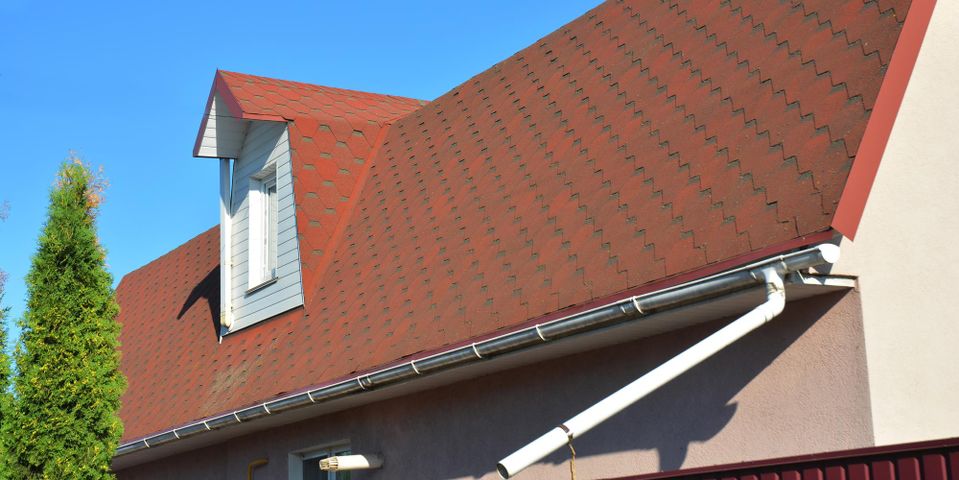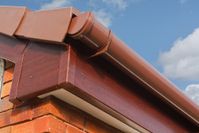
A roofing system is comprised of several layers and a variety of materials that all work together to protect a structure. Each part has a significant role in keeping a roof functional. As a homeowner, it’s important to gain a basic understanding of what each element does and the common problems that can arise so you are able to easily communicate with your roofing contractor when it comes time for repairs. Here are some of the key components of a roof.
4 Elements That Help to Make Up Your Roof’s Anatomy
1. Underlayment
Underlayment is a fabric-like, water-resistant sheet of paper that is installed directly to the decking of a roof. It serves as a barrier to any water, snow, or ice that makes its way beneath the shingles. It also contributes to the fire resistance of a roofing system. Roofing contractors must pay attention to strict installation guidelines for underlayment to meet warranty requirements. If the material is inferior in quality or it is improperly installed, it’s likely to wrinkle and fail to do its job.
2. Soffits & Fascias
 Soffits connect to a roof’s overhang to help provide sufficient ventilation for attic space. Fascias are boards attached to the edge of the roof and act as a connecting point for gutter systems. They also help to prevent wind and water damage. Soffits often stain and decay after some time, while fascias may rot or warp.
Soffits connect to a roof’s overhang to help provide sufficient ventilation for attic space. Fascias are boards attached to the edge of the roof and act as a connecting point for gutter systems. They also help to prevent wind and water damage. Soffits often stain and decay after some time, while fascias may rot or warp.
3. Flashing
Water that is left sitting on the roof after a storm or snow and ice melt can lead to major damages. Flashing helps to prevent this by diverting water away from all the places it can collect. It’s made of metal sheets that are attached around the chimney, vents, skylights, and valleys. Over time, it’s possible for flashing to come loose, tear, or buckle and let water in where it shouldn’t be.
4. Shingles
Asphalt shingles are the most common type of material used on the exterior of roofs. They sit right on top of the underlayment and provide a roof’s first layer of protection against the outside world, as well as play an integral role in its appearance. Unfortunately, shingles are exposed to quite a bit that can make them rot, crack, erode, curl, and fall off. If you notice broken or missing shingles, a roofing contractor should come out for an inspection.
All of the components used in the construction of a roofing system help to mitigate the risk of damage by inclement weather and other outdoor hazards. If you have identified an issue with any part of your roof, don’t wait to contact Buckeye Home Services. Their team of professionals offers more than seven decades of combined experience and has earned a solid reputation for providing high-quality roof installations and repairs. To request a free estimate from the most reliable roofing contractor in Dayton, OH, call (937) 586-6600. You can also visit them online for more information about their services.
About the Business
Have a question? Ask the experts!
Send your question

